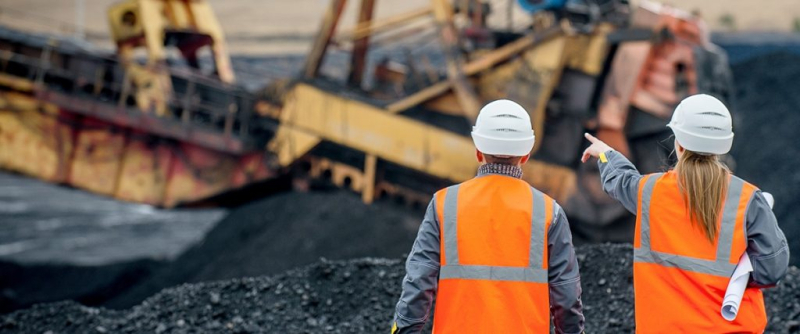Maritime classification societies were born out of a need to ensure the continued safety and security of the maritime domain with respect to vessels and various marine aiding constructions. Thus, the role of a classification society is quite set and of utmost importance.
Without classification societies for ships, there would be no benchmark or guideline standards for vessels and other constructions.

The Initiation
The initial practice by a group of merchant marine underwriters to try and develop a distinct module for the assessment of ships in the mid-1700s in London, England, led to the formation of the first classification society.
This module involved assigning various notational systems for vessels so that the insurance processes could be aided in case of any problems arising later on.
Since these marine underwriters used to assemble at a coffee house called Lloyd’s Coffee House, the compilation of their notations and specifications became known as the Lloyd’s Register, which officially came into existence in 1764.
In the following years, various other classification societies for ships came to the forefront, like Det Norske Veritas in 1864, Germanischer Lloyd in 1867, and Bureau Veritas in 1828.
Role and Significance of a Classification Society
At present, more than 50 classification societies exist. A classification society must notate grades or classes for vessels, vessel structuring, maintenance, and the structuring aspect of various constructions located on the high seas.
However, the core point is that while a ship classification society annotates the necessary classification, it’s not an official body per se. Because of this, classification societies do not take any responsibility in case vessels do not meet the prescribed standards and encounter an accident.
At the same time, though, the conventions of UNCLOS and SOLAS have made special provisions to specify that vessels need to be classed in the interests of the shipping community.
A specific association of classification societies is known as the IACS (International Association of Classification Societies).
A classification society needs to comply with its stipulations to join this association. A senior official of each of the 50 classification societies represents his society in the IACS. Similarly, while each classification society has its own charter of rules and regulations, all the members of the IACS lay down some common grounds.
Duties and Responsibilities of the Classification Society
- Coming up with a detailed notational system for the vessels and constructions to be graded.
- The Classification Society approves, plans, examines parts, and tests materials during the construction of hull machinery, equipment (anchors, chain cables, mooring repairs, and wire winches), and, where necessary, refrigerating machinery.
- Ensuring that the vessels and constructions comply with this grading system by carrying out appropriate appraisals
- Assigning the required class or grade to a vessel and continued appraisals to ensure the vessel’s adherence to the prescribed class notations.
- After satisfactory surveys and sea trials, the society issues certificates of class, which are kept on board the ship, and enters the particulars of the ship in its register.
- For a ship whose refrigerating machinery is classed with the society, the society may be asked to conduct the loading port survey on this machinery, and where convenient, this survey may be combined with the periodic classification survey. With the advent of the harmonized system of surveys and certification, classification surveys are now held concurrently with the Load line, Solas, and Marpol service.
- Carrying an underwater survey instead of one of the two docking surveys is required every 5 years for ships less than 15 years old and beam more than 30 m with suitable protective paint underwater.
- Survey of the inert gas system annually and a special survey of the inert gas plant every 5 years.
- On completion of a survey, a class surveyor normally issues an interim (provisional) certificate of class, which permits the vessel to sail. The surveyor then sends the survey report and recommendation to the society’s committee, which issues a new certificate of class in due course.
- If requested, the Classification Society also surveys and grants certificates to cargo handling equipment.
- At the ship owner’s request, the society may establish a quality management system for the company according to the ISM code and conduct periodic external audits.
Conclusion
The classification societies must pay the strictest attention to everything from a vessel’s blueprints to its constructional aspects. However, certain omissions exist, such as individual inspection of parts and components utilised in structuring ships or other marine constructions. Classification societies have been incorporated into the maritime system quite seamlessly. They have been a vital cog in maritime operations for over two centuries, an early development quite unlike any.





























